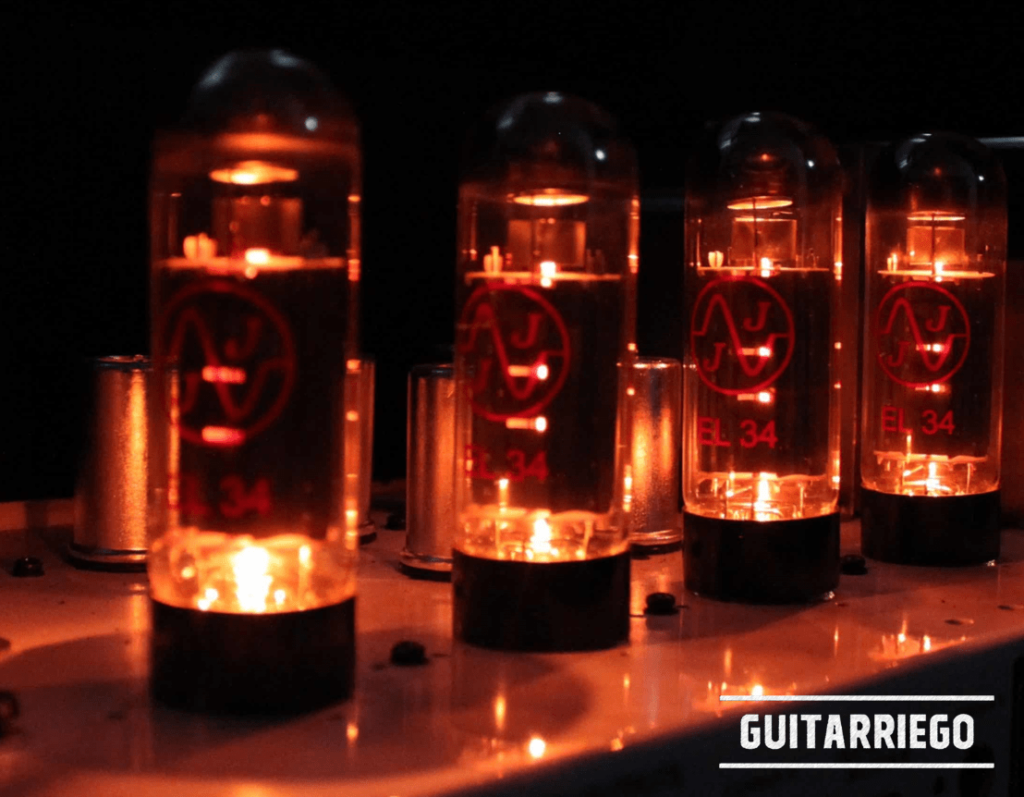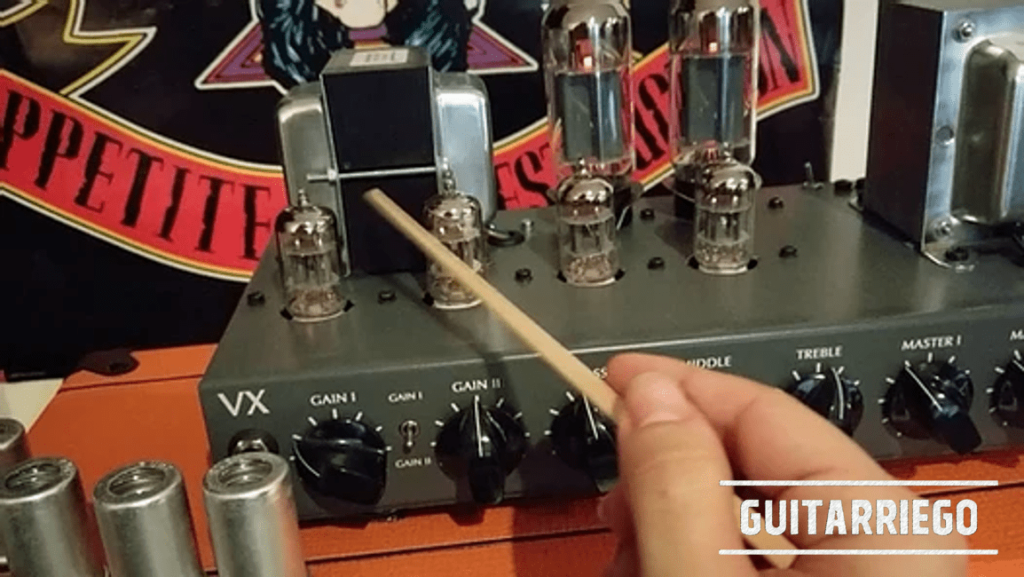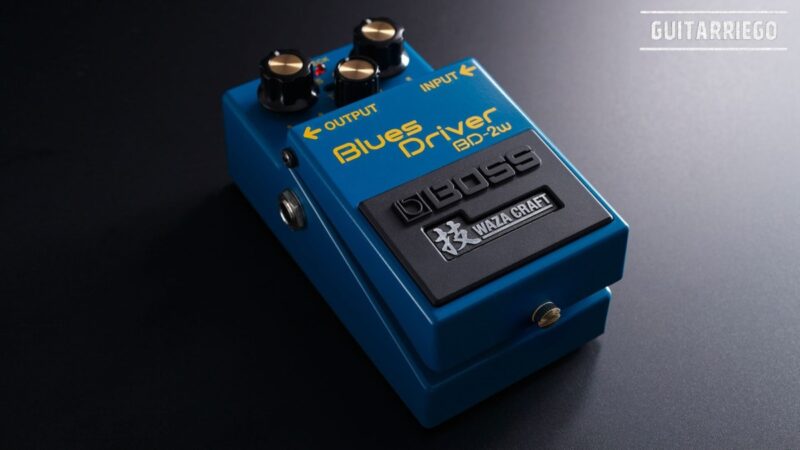Guitar amp noises and faults: solutions

Tube or solid state guitar amp usually has noises when you use it with a lot of gain or high volume, which are normal and which are faults? We help you to make the first diagnosis and their solutions.
By Eric Jacobs (*)
Noise in guitar amps
It is very frustrating to want to use your tube amp and suddenly find yourself with unexpected noises. Some of these are normal and natural to the tube amp circuit, but they can be easily reduced. Others are problems that require solving to avoid later major problems. Therefore, it is important to be able to separate the many and make a previous diagnosis to help determine the possible cause. Maybe it’s something you can quickly repair yourself.
Check out our guide about the different options of virtual amp.
Types of noises from a guitar amp
Normal noises of a tube or solid state amplifier
The basic thing is to know how to distinguish the different types of noise. A working amplifier can produce some “normal” low-level noise, especially at high gain or high volume. The typical one is the «hum» which are harmonic components of the 50Hz or 60Hz network fundamental. It sounds like “brrrrrr” and is misnamed ground noise, since it is actually due to lack of ground. This “hum” can be due to several reasons, lack of ground -javelin in the installation or fault in the interlock cable-, ground loops caused by the interconnection of various equipment, nearby saturated transformer, poor source filtering, among others.
Although all these causes cause some type of hum, a trained ear can discriminate between a mass loop hum, ripple due to poor filtering or lack of ground. Another normal noise is white noise or “hiss”, which is like a radio that did not tune any stations. These two noises: hum and hiss, in reduced amounts are normal and are present in every amplifier to a lesser or greater extent.

Noise from tube or solid stateamplifier faults
Just as there are normal noises, there are also others due to faults. These noises are “frying”, explosions, couplings, “motorboating” – it sounds like an old boat motor: “plo-plo-plo-plo”-. These kinds of noises must be treated to avoid further damage.
Amplifier failure diagnosis
The first thing to do is diagnose what is failing. Thus, we must first locate the stage where the fault is.
Amplifier fault location
If we disconnect anything connected to the amp and it keeps doing so, we have to determine which stage is to blame. If the amp has an effects loop, we can connect the guitar through the loop return. Thus, if it continues to make the noise, it means that the fault is in the power stage. On the contrary, if the fault is not heard, it means that the fault would be in the pre-amplification stage.
Troubleshooting Noise or Amplifier Failure
When the amplifier is valve, you can try to rotate tubes of the same code, to see if one is damaged. If the problem is one of couplings with nothing plugged into the input, by tapping each bulb with a stick we can detect “sensitive” tubes and try to rotate them to another less sensitive point. In case the latter does not work, we should change the valve for a new one. If it is about output stage valves, we must be careful to put new valves without making the corresponding bias regulation, since we can damage the guitar amplifier. However, there are amplifiers that do not require this regulation, so it is important to always review the user manual of the tube amplifier before changing the tubes of the power stage.

Also, the culprit could be a key or a potentiometer making false contact. To detect them you have to test them one by one, turning the potentiometer or using the key. You can try a non-oily contact cleaner. Finally, if we find a visibly burned component, a faulty solder, or we can’t locate the fault, it will need to be taken to an experienced amplifier technician for repair.
(*) The author is the renowned manufacturer of amplifiers, pedals and other products “Jake Amps”.
Source: Eric Jacobs’ Noujautronica website.
Related Note: Adequate power from a guitar and bass amp.






